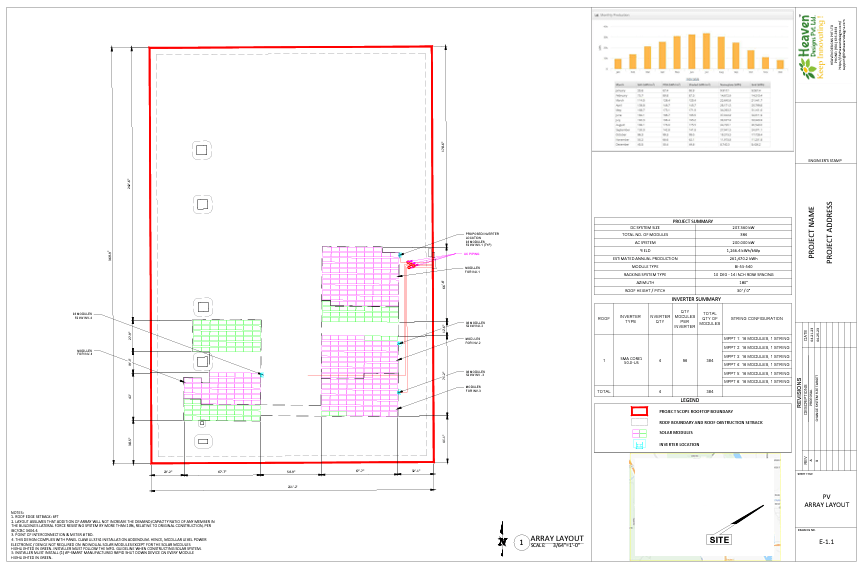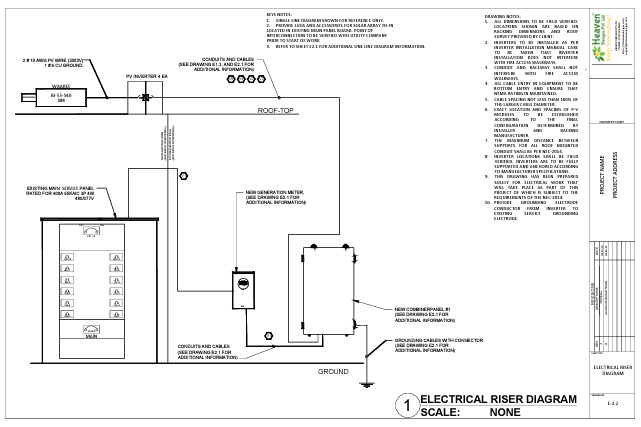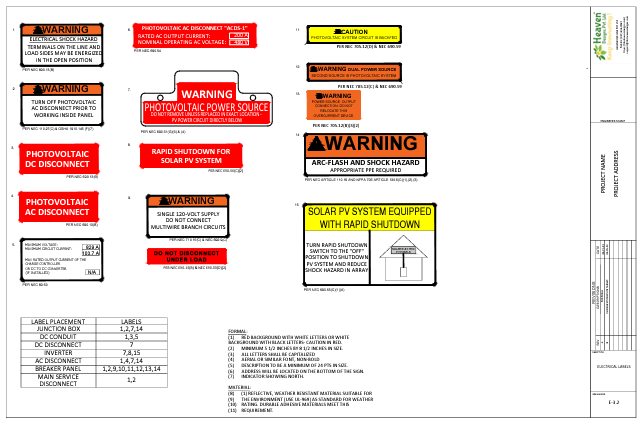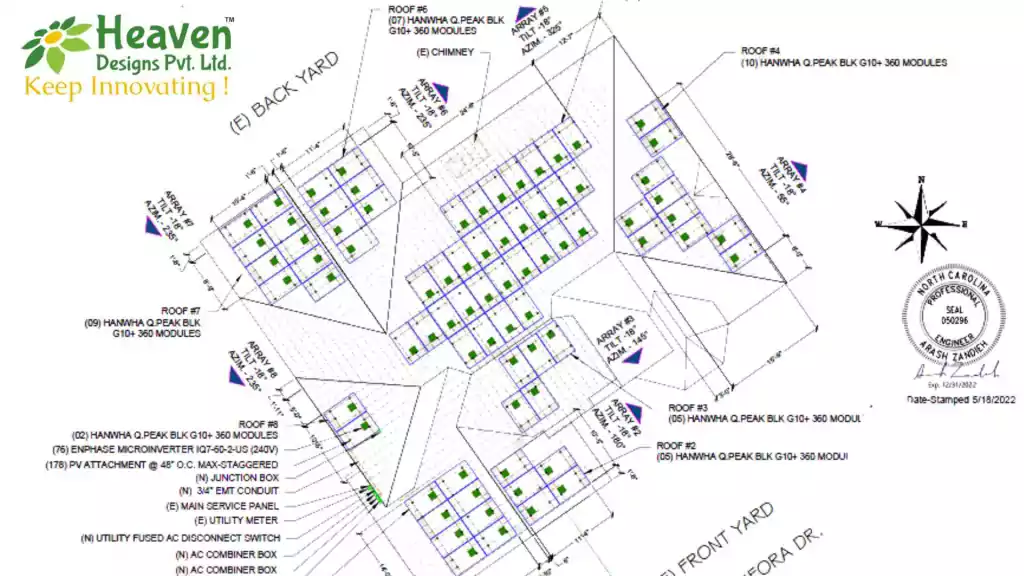Cost-effective and Quality Solar Permit Design Package for USA!
Are you considering harnessing the power of solar energy for your home or business in the USA? You’re making a smart choice for both the environment and your wallet. But, before you can start enjoying the benefits of clean, renewable energy, you need to navigate the often complex world of solar permits and designs.
At Heaven Designs , we understand the importance of a hassle-free and cost-effective solar journey. We’re not just experts in solar; we’re your partners in making your solar dreams a reality. That’s why we’ve crafted a comprehensive Solar Permit Design Package tailored specifically for the USA. Here’s why our package stands out:

Quality Solar Permit Designs:
Our team of experienced professionals takes pride in creating solar designs that aren’t just efficient, but also reflect your unique energy needs. We know that solar isn’t one-size-fits-all, and our designs are crafted with your specific goals in mind.

Cost-Effective Permit Design Solutions:
We’re homeowners too, and we understand that budgets matter. That’s why our Solar Permit Design Package is not only high-quality but also budget-friendly. We want you to experience the financial benefits of solar without breaking the bank.

Expert Guidance for Permit Design:
Navigating the world of solar permits can be intimidating. Our team is here to provide expert guidance and hand-holding at every step of the process. We’ll answer your questions, guide you through local regulations, and ensure your permit applications are not just accurate but submitted on time.

USA-Centric Permit design Expertise:
Navigating the intricacies of solar permits in the USA requires a deep understanding of the nation’s unique regulations and requirements. At Heaven Designs, we’re more than just experts; we’re intimately familiar with the American solar landscape. With years of experience, we’ve successfully guided numerous projects through the maze of US solar regulations, ensuring that your solar venture aligns seamlessly with all local standards and expectations.

Efficiency with Technology in Permit Design:
In today’s fast-paced world, staying ahead means embracing innovation. At Heaven Designs, we’re committed to efficiency, and that means leveraging the latest technology to benefit your solar journey. We don’t settle for the status quo; we embrace cutting-edge solar design software and digital tools that redefine how we approach solar permits.
Our state-of-the-art software accelerates the design phase, allowing us to create tailored solar solutions swiftly. This means you get your solar project up and running faster, putting you on the path to energy independence without unnecessary delays.
But it’s not just about speed; it’s about precision. Our digital tools ensure that every detail in your documentation is accurate and in compliance with regulations. This meticulous approach significantly reduces the likelihood of delays or revisions in the permitting process.
In a world where time is of the essence, we’re committed to maximizing efficiency without compromising on quality. Our technology-driven approach is your assurance that your solar project will not only meet but exceed expectations, from design to permit approval.
Start Your Solar Permit Design Journey Today:
Switching to solar energy is a smart investment in your future. It reduces your carbon footprint, lowers your energy bills, and adds value to your property. With our Solar Permit Design Package, you can start experiencing these benefits sooner than you think.
Don’t let the complexities of permits and designs hold you back. Choose Heaven Designs, for a cost-effective and quality solar experience. We’re not just a company; we’re fellow solar enthusiasts who understand your journey.
Ready to embark on a cleaner and more sustainable energy journey? Contact Heaven Designs, today to learn more about our Solar Permit Design Package for the USA. Let’s work together to power your future with the sun!







